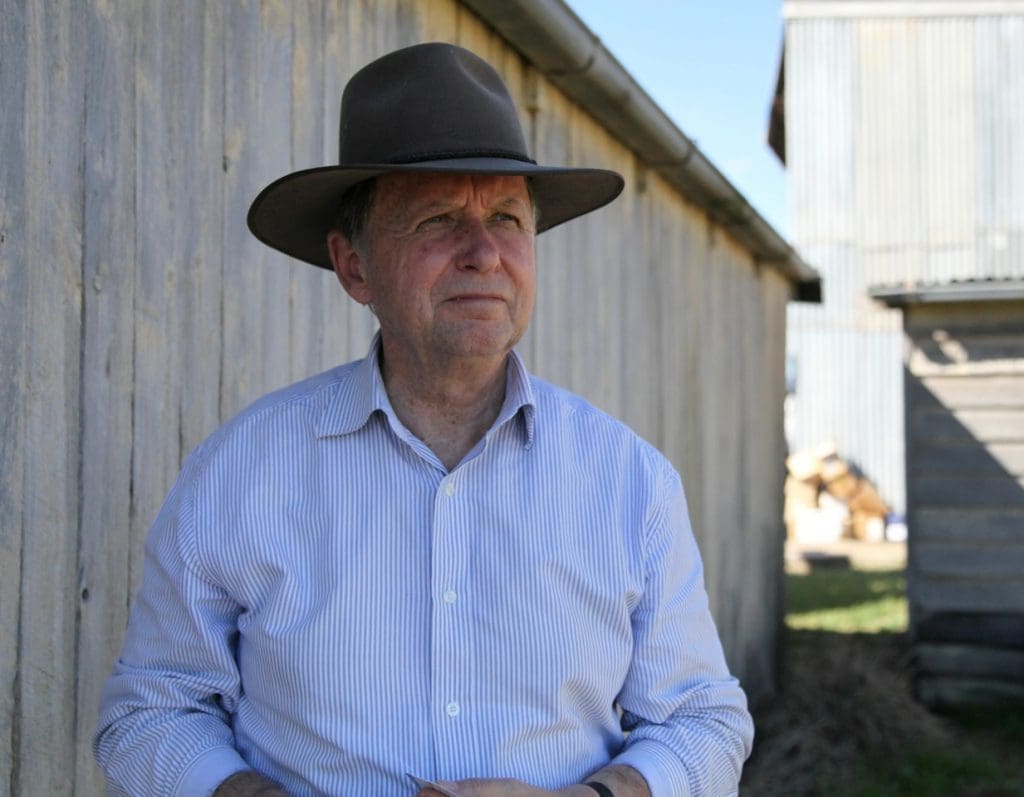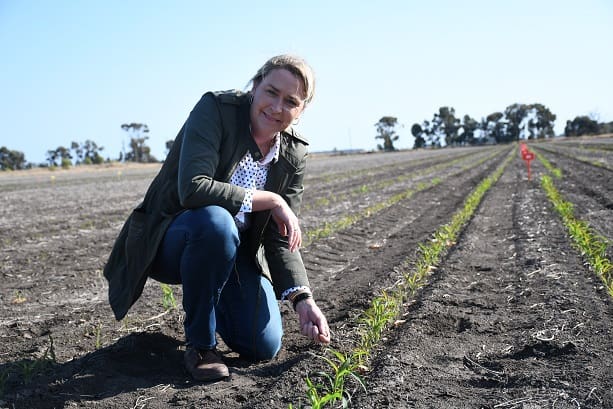CLIMATOLOGIST, Professor Roger Stone, is urging grain growers and farm advisers to accurately calculate stored moisture levels ahead of this year’s winter crop planting, as significant rain continues to prove elusive across tracts of New South Wales and Queensland.
Professor Stone, the director of the Centre for Applied Climate Sciences at the University of Southern Queensland (USQ) in Toowoomba, said the most sophisticated forecast models indicated the only chance of useful rain was around June.
“There are two parts to the outlook. Firstly, we can still pick up some rain in the next month or so, which could help with stored soil moisture,” he said.
“Secondly, the longer-term models, including the highly regarded European Centre for Medium Range Weather Forecasts (ECMWF), are all indicating a high probability of a dry end to winter and dry conditions into spring and early summer.
“For Queensland and NSW growers, this longer-term outlook translates to a 20 per cent chance of getting normal rainfall, so it is not impossible, it is just not probable.”
In contrast, Prof Stone said there was still a 40-60pc chance of rainfall across the region over the next four weeks, but amounts were likely to be varied and patchy.
“Decision-makers in agricultural production always need to prepare for a range of possible outcomes, often using very conservative management strategies to reduce the negative impacts of likely climate extremes on seasonal time scales,” he said.
Grains Research and Development Corporation (GRDC) grower relations manager – north, Susan McDonnell is another supporter of a cautious approach to winter crop planning and planting this season.
“Our chances of getting above-average winter rain are not great, so I think we have to be aware of our soil moisture levels as we weigh up the risks and benefits of planting,” she said.
Mrs McDonnell, who is a grain grower in south western Queensland, said there had been some harsh lessons learnt from last winter about crops grown on limited moisture.
“In many areas, crops really struggled because there simply wasn’t enough moisture. However, I also understand that the cash flow implications of not planting are different for each grains business, and this plays a crucial part in influencing our decisions,” she said.
“Therefore, I encourage growers and farm advisers to carefully check their soil moisture levels keeping in mind moisture variations across the paddock, so they can make informed decisions about what they are starting with.”
CSIRO senior research scientist Jeremy Whish is also encouraging growers to base planting decisions on what is “known”.
“Stored soil moisture will play a key role in dictating planting decisions this winter. Calculating available soil moisture is essentially a risk management tool: avoiding a failed crop saves money now and potentially saves stored moisture for future crops,” he said.
Research conducted by Dr Whish, with investment by CSIRO and the GRDC, reinforces the benefits of setting profitable crop yield targets, calculating the amount of water needed to achieve these yield targets and assessing that against available stored soil moisture and the potential for in-crop rainfall.
“Having a target to aim for improves the decision-making process, allowing the risk associated with planting under current conditions to be compared against future planting opportunities when conditions may be less risky,” Dr Whish said.
“When making a decision, stored water can be measured but in-crop rainfall is unknown. This is why estimating a final yield based on the water stored in the soil plus a conservative estimate of potential in-crop rainfall is a good way of assessing the risk of planting a crop.”
While calculating potential crop yields based on total rainfall and soil water works as a simple estimate and guide for planting decisions, Dr Whish emphasised that it does not consider the impact of rainfall timing on crop demand like more sophisticated modelling tools such as APSIM and Yield Prophet.
“In terms of risk management, the greatest value of stored water is in knowing the quantity available for crop production, before the crop is planted, when decisions are being made,” he said.
Source: GRDC



GRDC have produced a simple to use SoilWaterApp which provides growers and consultants with more refined estimates of plant available soil water.
Its free and available from the App Store see http://www.soilwaterapp.net.au/ for more information